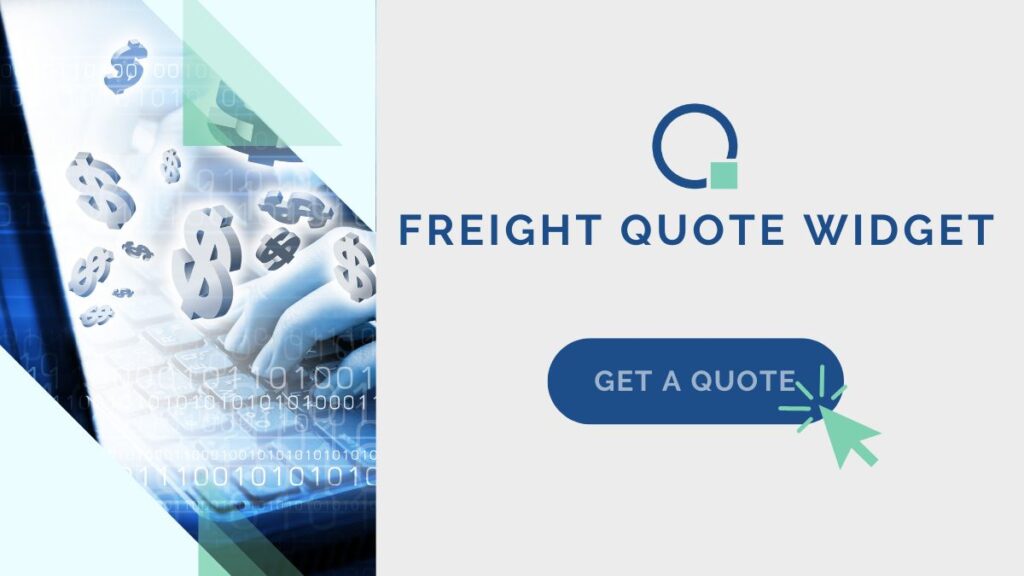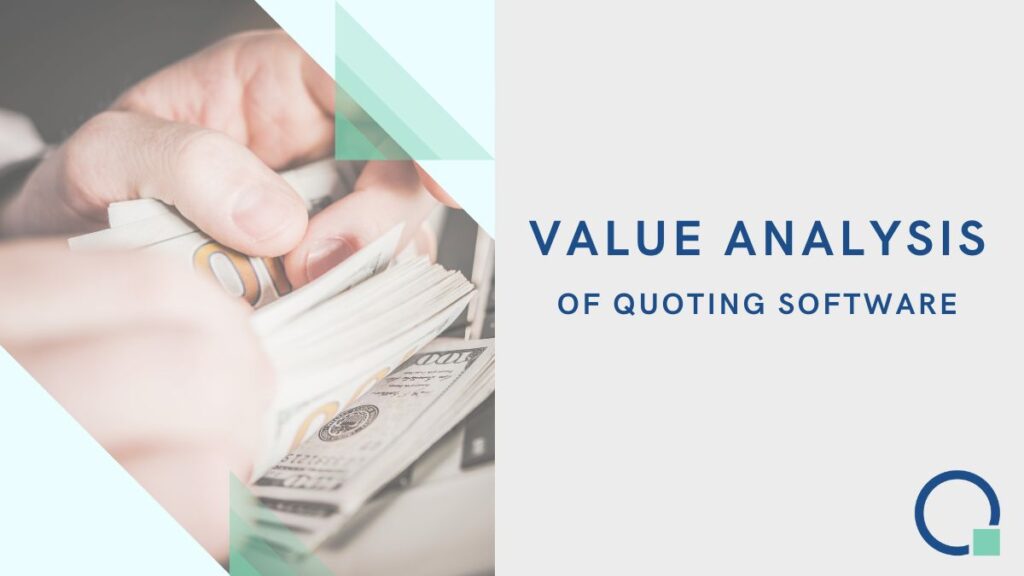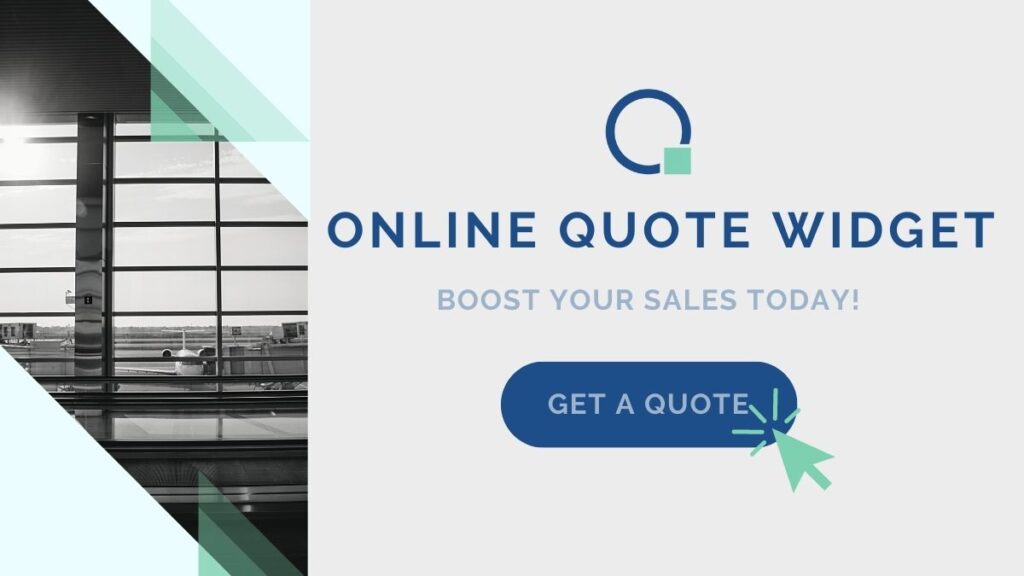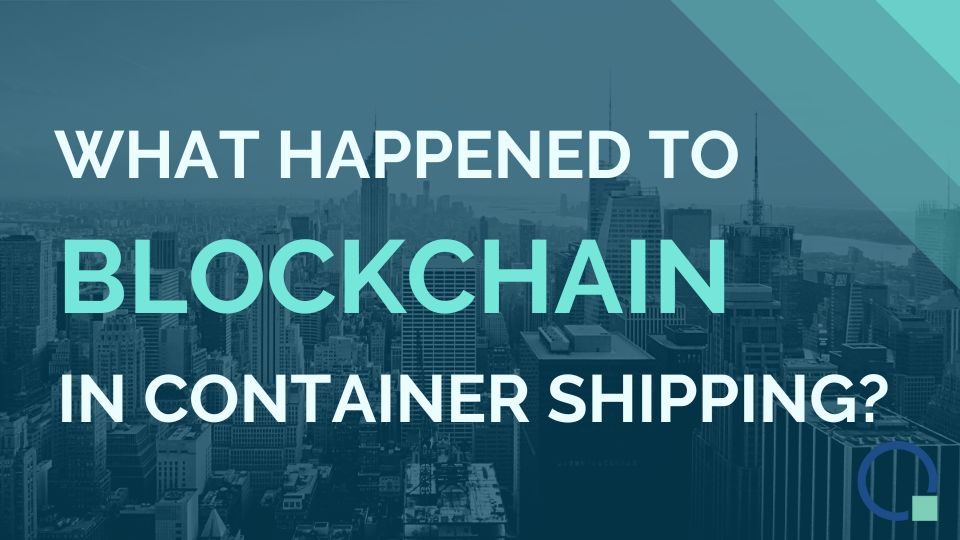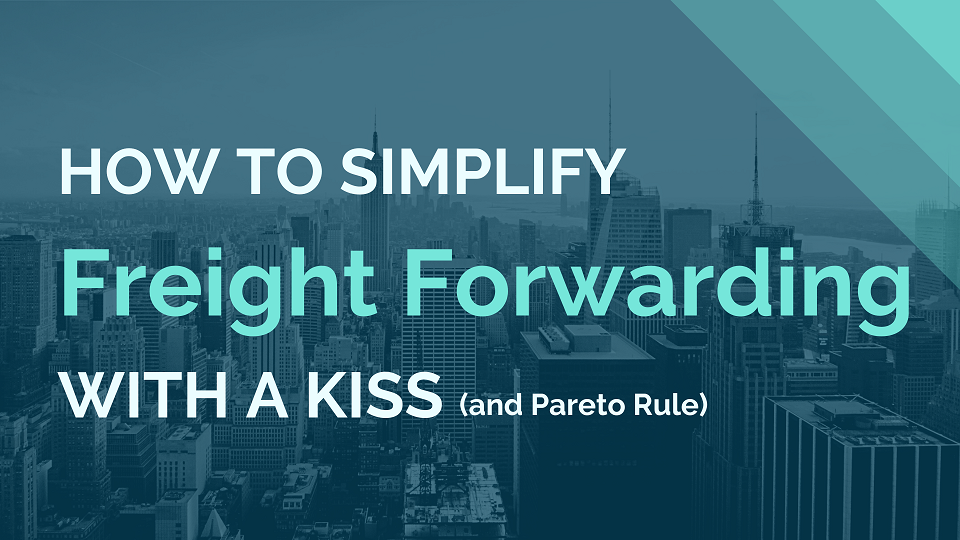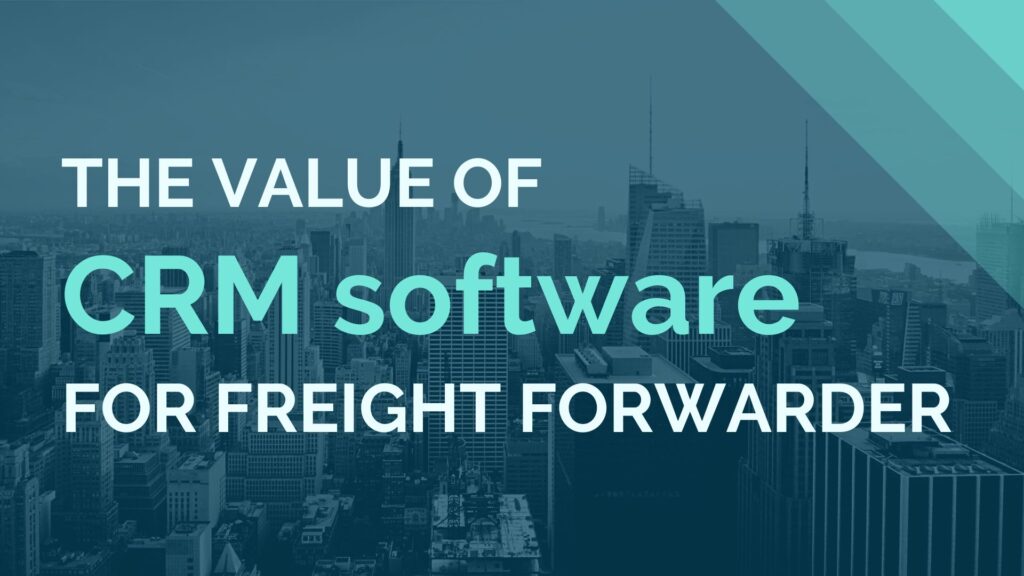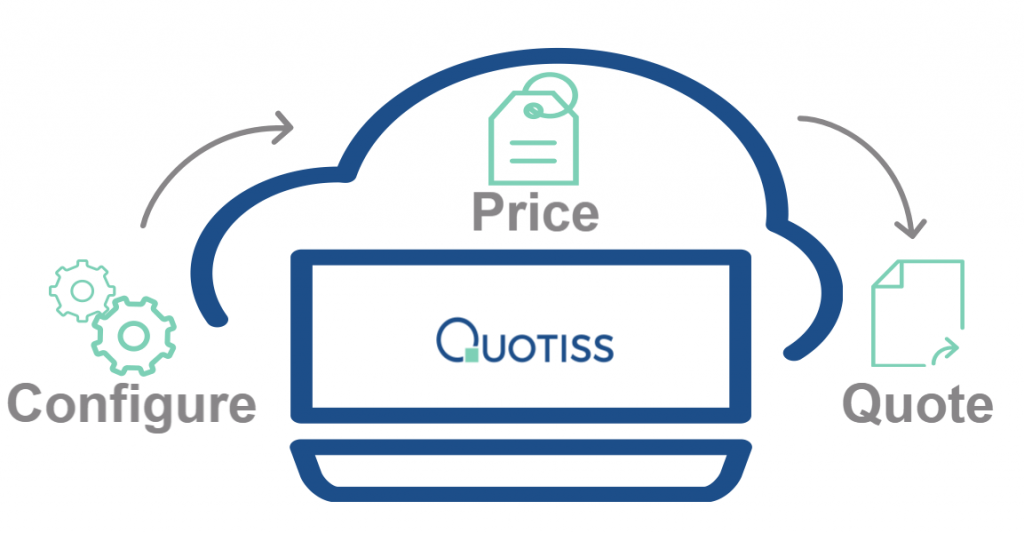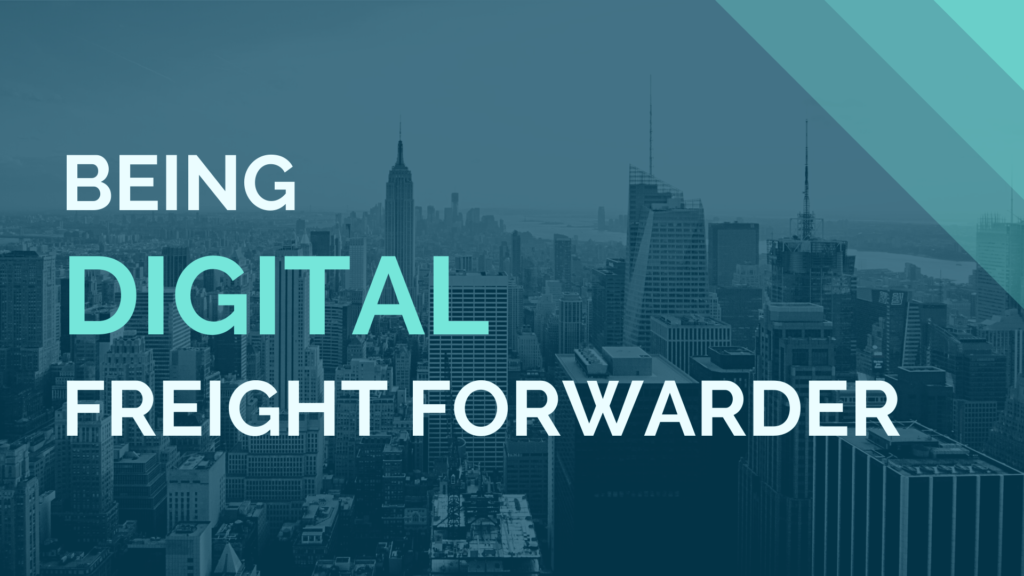Freight Automation: 8 Smart Ways to Win More Deals
In freight forwarding, time is money, and your sales team is often stuck in a loop of quoting, following up, checking rates, and updating spreadsheets. It’s repetitive, prone to error, and frankly — not scalable. That’s where freight sales automation comes in.
In 2025, forwarders that leverage automation tools are closing more deals, responding faster, and creating better customer experiences. Whether you’re a local freight company or a global logistics brand, automating key sales processes is no longer optional — it’s essential.
Here’s how to get started.
📌 1. Standardize Your Quoting Process
Many forwarders still send quotes via manually edited Word documents or spreadsheets. Not only is this slow, but it also introduces inconsistencies and errors that damage your professional image.
With automation, you can:
-
Pre-build branded quote templates
-
Auto-fill key customer details
-
Standardize pricing logic (per route, per client, per trade lane)
Using a platform like Quotiss, your team can generate accurate, on-brand quotes in a couple of clicks — reducing quote turnaround time by up to 90%.
📌 2. Centralize & Automate Rate Management
Rate updates from carriers come in daily — often as Excel attachments with hundreds of rows of surcharges, validity dates, and conditions. Manual entry takes hours and leads to outdated rates, which can cost you the deal.
By automating rate uploads and syncs:
-
You eliminate copy-paste errors
-
You can apply markups or discounts automatically
-
Your sales team always works with the latest rates
Platforms like Quotiss let you upload tariffs using simple templates and manage them dynamically. Imagine sending a rate update to all clients with just a few clicks.
📌 3. Track Leads and Conversions with Built-In CRM
It’s common for freight sales reps to use sticky notes, personal notebooks, or WhatsApp threads to manage their follow-ups. But that’s risky — what happens when someone leaves the company?
Instead, integrate a CRM that:
-
Generates leads automatically
-
Follows up on email conversations and activities
-
Shows sales metrics and quote history per client
With Quotiss, CRM is built-in — no need to buy a separate product. Everything from first contact to confirmed booking is stored and visible.
📌 4. Use Automated Email Templates
The average sales rep sends dozens of repetitive emails per week — quote confirmations, rate follow-ups, general inquiries.
With automation, you can:
-
Use email templates for common replies
-
Insert dynamic fields (client name, quote ref, summary, etc.)
-
Monitor email open ratio
Bonus tip: Set up reminder sequences if the client hasn’t responded in X days.
📌 5. Let Prospects Quote Themselves — Use a Website Widget
Wouldn’t it be great if your website worked for you, even while you sleep?
A freight quote widget does just that. It lets site visitors get a quote instantly by entering origin, destination, and cargo type — without needing to call or email you.
Benefits include:
-
24/7 lead generation
-
Less manual workload for your team
-
Better UX and faster time-to-quote
Tools like the Quotiss Widget help you capture and convert leads automatically.
📌 6. Automate Sales Reporting
Most sales managers spend hours compiling weekly reports. Instead, use automation to:
-
Generate real-time dashboards
-
Send daily/weekly reports to stakeholders
-
Track quote volume, win rate, and top routes
This helps you make smarter, faster decisions — and frees up time for actual selling.
📌 7. Use Triggers and Workflows for Follow-Ups
A quote is only as good as its follow-up. But sales reps often forget to chase leads.
Set up simple automation rules:
-
“If quote not accepted in 3 days → send reminder”
-
“If client hasn’t booked in 30 days → add to reactivation list”
With these triggers in place, your system does the remembering for you — and nothing slips through the cracks.
📌 8. Sync Sales and Operations Automatically
Once a deal is won, how fast can you hand it over to the operations team?
With automation:
-
Booking data is sent directly from the quote
-
Customer preferences are pre-filled
-
Documents are attached automatically
This reduces rework, delays, and miscommunication between departments — ensuring a smoother client experience.
✅ Final Thoughts: Automation Isn’t Replacing Sales — It’s Empowering It
Sales automation in freight forwarding isn’t about removing the human touch. It’s about giving your team the tools to do more, faster — without burnout or chaos. When reps spend less time on manual tasks, they spend more time building relationships, winning deals, and growing the business.
In fact, according to a McKinsey study on the future of work in logistics, companies that implemented automation in sales and logistics saw up to 45% improvement in productivity and significantly shorter sales cycles.
Whether you’re just starting or looking to upgrade your tech stack, Quotiss makes it easy to automate your freight sales from day one.
📞 Ready to see it in action? Please register for a free trial via this link or contact us directly to schedule a demo.


